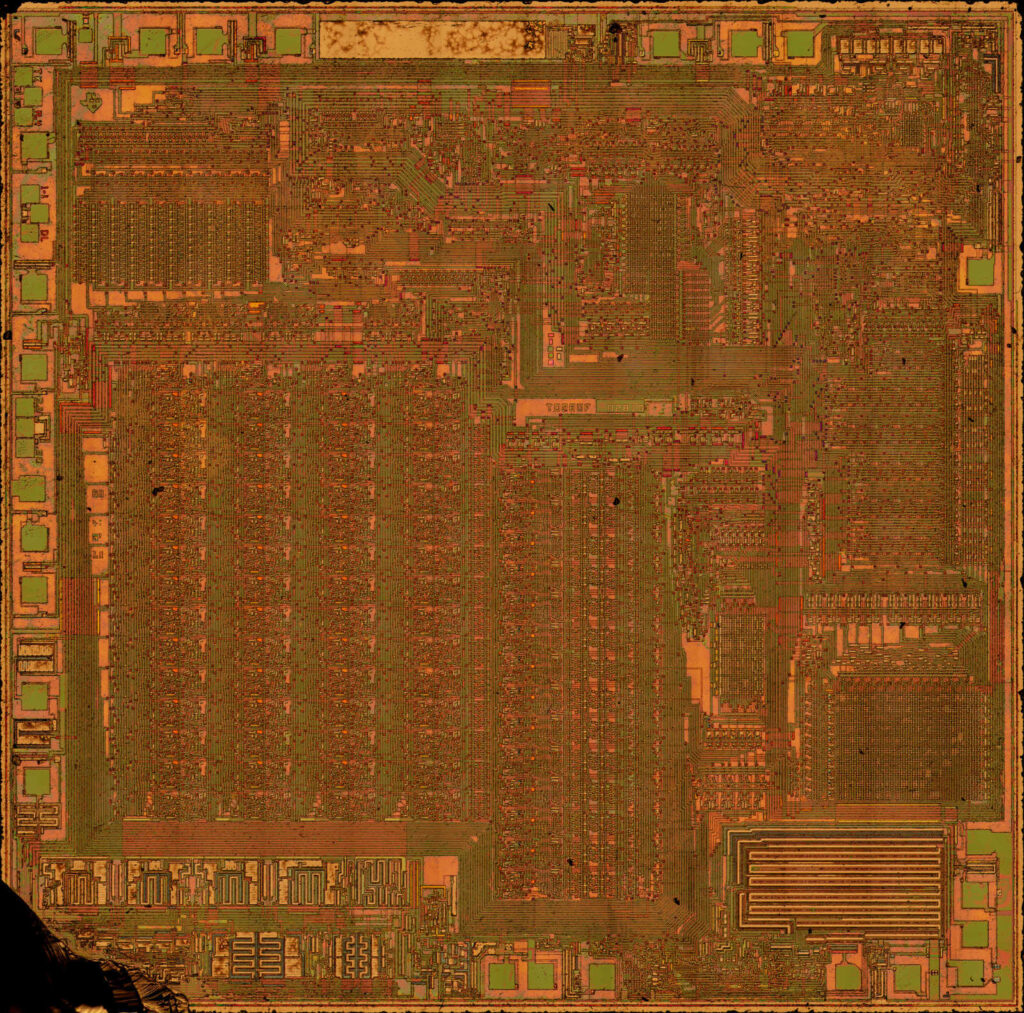 Attack Microchip PIC18F45K22 Processor Flash
Attack Microchip PIC18F45K22 Processor Flash
Attack Microchip PIC18F45K22 Processor Flash needs to crack mcu pic18f45k22 security fuse bit and extract embedded code from microcontroller memory;

The program memory is addressed in bytes. Instructions are stored as either two bytes or four bytes in program memory. The Least Significant Byte of an instruction word is always stored in a program memory location with an even address (LSb = 0).
To maintain alignment with instruction boundaries, the PC increments in steps of 2 and the LSb will always read ‘0’ (see Section 5.1.1 “Program Counter”).Figure 5-4 shows an example of how instruction words are stored in the program memory.
The CALL and GOTO instructions have the absolute program memory address embedded into the instruction. Since instructions are always stored on word boundaries, the data contained in the instruction is a word address. The word address is written to PC<20:1>, which accesses the desired byte address in pic18f25k80 locked microchip mcu program memory breaking.
Instruction #2 in Figure 5-4 shows how the instruction GOTO 0006h is encoded in the program memory. Program branch instructions, which encode a relative address offset, operate in the same manner. The offset value stored in a branch instruction represents the number of single-word instructions that the PC will be offset by. Section 25.0 “Instruction Set Summary”provides further details of the instruction set.